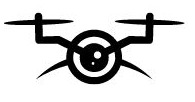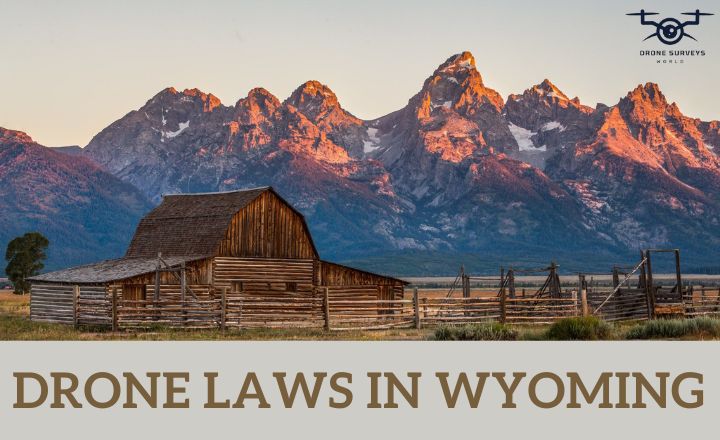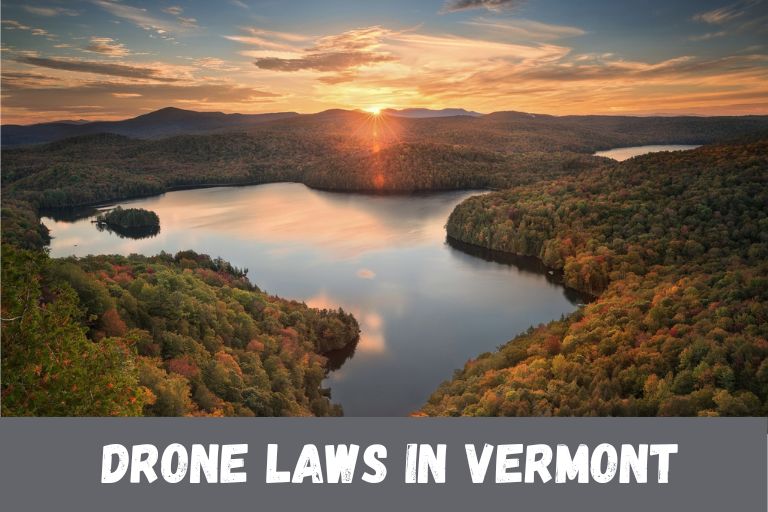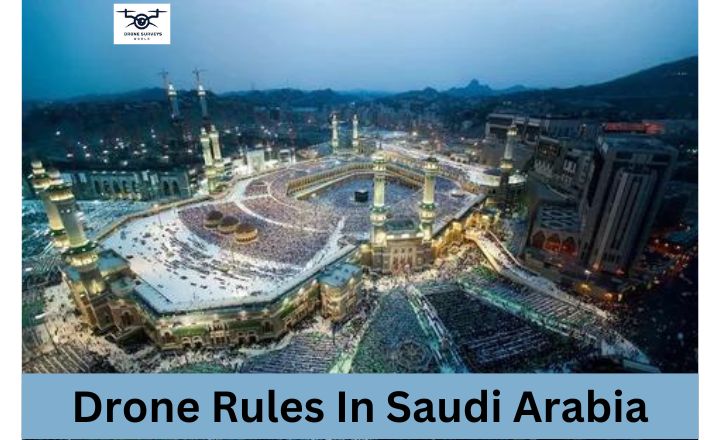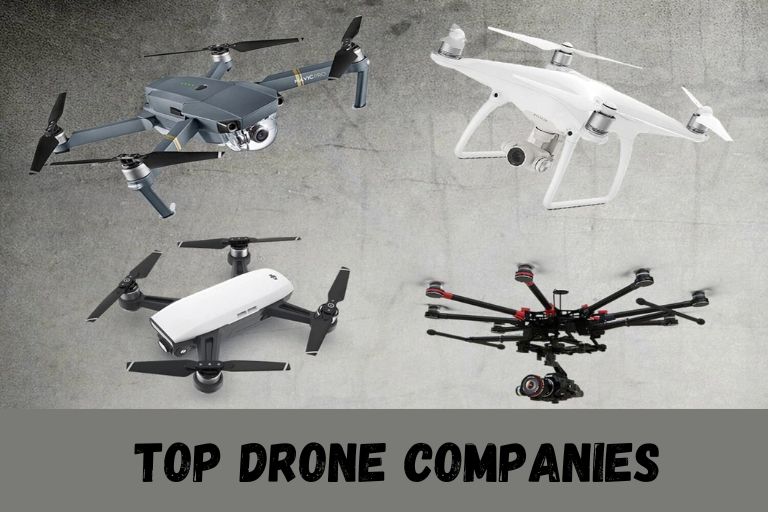Drones are changing industries in Wyoming by providing new views from the sky. Drone users need to follow the drone laws in Wyoming. Understanding these rules is essential for safely flying drones in Wyoming’s beautiful landscapes.
Federal Drone Laws In Wyoming
Federal drone laws in Wyoming are an essential aspect of regulating the use of drones in the state. Drone operators must be aware of these laws to ensure safe and responsible use of their drones.
Agency Drone Pilots
Wyoming’s agency drone pilots play a critical role in various government operations, from law enforcement to firefighting. To legally operate drones for these purposes, these pilots must adhere to Federal Aviation Administration regulations, primarily obtaining a Certificate of Authorization or complying with Part 107 rules.
The stringent requirements ensure the safe and responsible use of drones in public service endeavors, promoting accountability and effectiveness in their missions.
Commercial Drone Pilots
Commercial drone pilots in Wyoming must follow strict federal regulations under the FAA’s Part 107 Small UAS Rule. They need to pass the Aeronautical Knowledge Test to get a Remote Pilot Certificate, which is necessary for legally using drones for business in the state.
Drones are becoming more popular in agriculture, real estate, and cinematography industries. Following these rules is essential to ensure safety and obey federal laws. Drone pilots in Wyoming must keep up with any changes in drone laws at the federal and state levels.
These rules control where and how drones can fly and privacy and airspace limits. By knowing and obeying these laws, drone pilots can reduce risks, follow the law, and help make aviation safer in the state. Following these rules protects pilot certifications and encourages responsible drone use that benefits society.

Recreational Drone Pilots
Wyoming drone laws focus on letting people have fun flying drones while ensuring they do it safely. The state wants to promote responsible drone use by making pilots take a safety test. Following FAA rules for drones, like registering them if they weigh over 0.55 lbs, helps create a safe flying environment.
Setting limits on how far drones can fly helps pilots keep them in sight, which makes it easier to control them and reduces the risk of accidents or getting in the way of other aircraft. Following rules about where drones can fly and how high they can go keeps the skies organized and prevents conflicts with human-crewed aircraft. Wyoming is committed to ensuring people use drones responsibly by following airspace rules and safety guidelines.
SF 170 // 2017
In 2017, SF 170 gave the Wyoming Aeronautics Commission the power to make rules for uncrewed aircraft. Under Section 10-3-201, the commission has tasks like helping communities improve air services for business and military use. They look at airline profits, routes, and airfares and suggest law changes to improve air services. The commission also sets rules for where drones can take off and land, focusing on safety and looks. They must make these rules with the drone industry and state groups. But they can’t control drone flights in the air. SF 170 also has rules for drone pilots in Section 10-4-303 about low flights and landings.
- Manned and uncrewed aircraft can fly over Wyoming unless it’s not allowed.
- It’s against the law to land a drone on someone else’s property without permission, except in emergencies. If an emergency landing causes damage, the owner, operator, or pilot is responsible.
- Avoiding Unwanted Confrontations While Flying Your Drone.
- The rules don’t stop operators from flying drones over their property.
Local Drone Laws
Local drone laws may not be present in every state across the country, with Wyoming being an example of a state without such regulations. The absence of local laws in Wyoming, as indicated in SF 170, suggests that the combination of federal and state drone laws is considered sufficient.
The lack of local regulations may offer more freedom for pilots compared to states with stricter rules, it does not reduce the significance of adhering to federal and state drone laws. Pilots are always expected to comply with these regulations regardless of local ordinances.
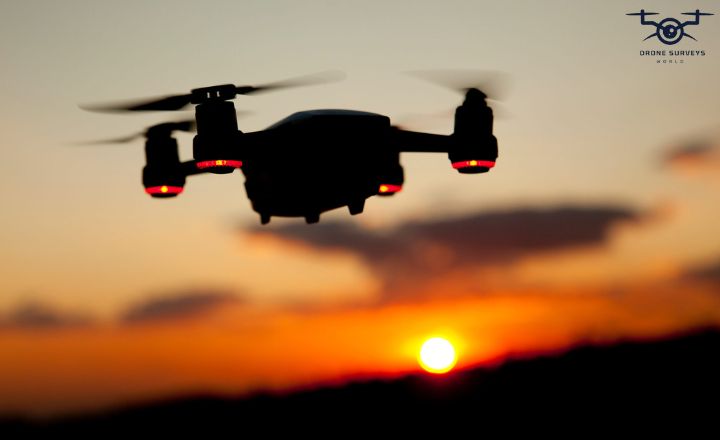
Privacy Concerns & Trespassing Challenges
In our fast-evolving world, privacy concerns and trespassing challenges have become more prevalent, especially with technological advancements.
Avoiding Unwanted Confrontations While Flying Your Drone
To avoid conflicts while flying your drone:
- Communicate clearly with others and ask for permission when needed.
- Respect boundaries by following rules and avoiding restricted areas.
- Stay visible while flying to prevent accidents and reassure bystanders.
- Knowing the local rules and airspace regulations can help you avoid conflicts with authorities or people who don’t like drones.
- Check for no-fly zones before flying to prevent issues. Keep a safe distance from people, buildings, and animals to avoid accidents and privacy issues.
Safety Tips for Flying Drones
Flying drones can be an exhilarating experience, but it’s crucial to prioritize safety at all times.
Avoiding Hazardous Weather Conditions
Check the weather before flying your drone. Avoid flying in bad weather like strong winds, rain, or thunderstorms. Even light rain or fog can make it hard to see and affect how well your drone flies. Stay updated on the weather to have a safe flight.
Know how different weather can affect your drone. Hot weather can make the battery die faster, and the motors work less efficiently. Cold weather can also make the battery die faster. Be ready to land safely if the weather changes suddenly. Safety is more important than getting good footage or flying in risky weather.
Mitigating Risk Factors – The Human Aspect
When flying drones, safety is the most important thing. Before flying, learn how to control your drone correctly to avoid accidents. It’s also important to be aware of human factors like tiredness and distractions that can cause accidents. By being mindful of these factors and working to reduce them, you can make flying drones safer.
Drone enthusiasts can follow the rules and keep themselves and others safe by focusing on technical skills and human factors. Remembering these tips will help create a secure environment for all drone operators and make the hobby more enjoyable.
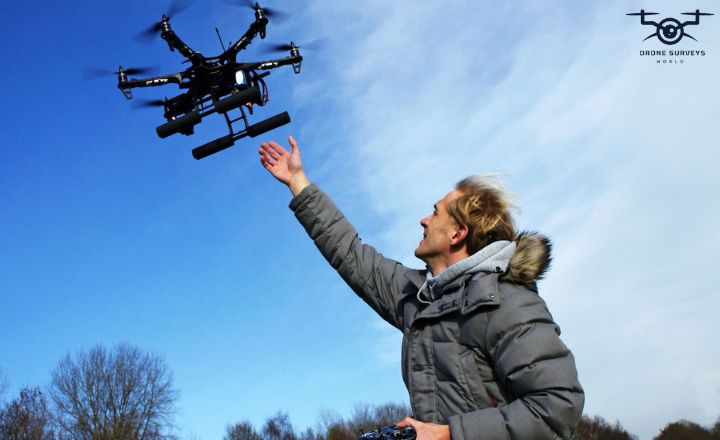
Wrapping Up
Drone laws in Wyoming aim to ensure safe and responsible drone use in the state. By following these rules, drone operators can avoid fines and legal trouble while protecting others’ privacy and safety. Lawmakers need to keep up with drone technology and update laws accordingly. Balancing innovation and regulation is critical to promoting responsible drone use in Wyoming.
Frequently Asked Questions
Can anyone apply to be a drone pilot in Wyoming?
Yes, as long as you meet the required qualifications and certifications.
Are drones legal in Wyoming?
Yes, drones are legal in Wyoming.
Are there any no-fly zones for drones in Wyoming?
Avoid flying drones near airports, military installations, and emergency response areas.
Can You Fly a Drone in Grand Teton National Park?
No, drones are not allowed to be flown within the boundaries of Grand Teton National Park.
